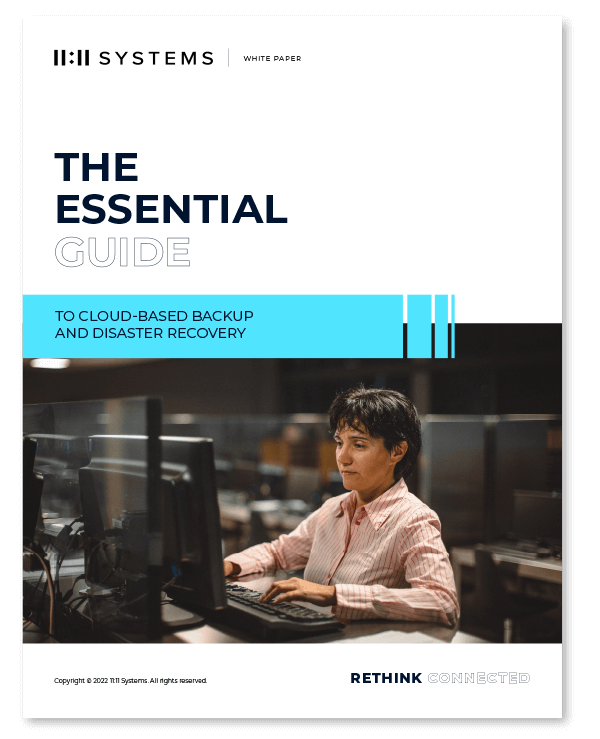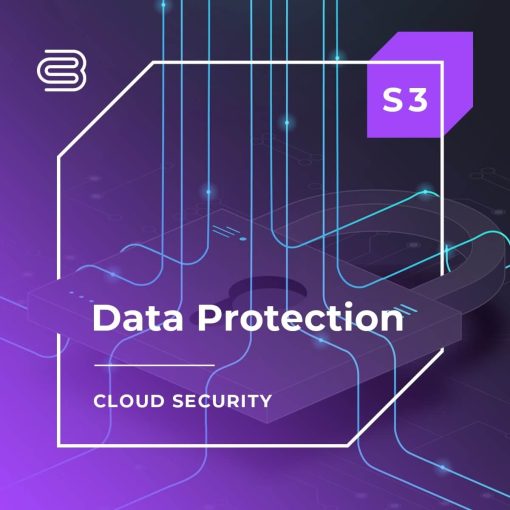Episode Summary
11:11 Systems Director of Cloud Market Intelligence Brian Knudtson is joined by guests Steve Broeder, Vic Camacho, and Gina Rosenthal for a conversation about how Data Protection is critical to security. You’ve almost certainly heard that it’s the “last line of defense” in the event of a cybersecurity breach. But what exactly changed between the days of shipping tape backups and now? In fact, the same things that were important back then may have only gotten more so as threat actors grow more sophisticated.
Panel
Cloud Conversations
Topic 1
[03:24] Businesses are finding that protecting data is harder than ever. But they also have more choices than ever. Gina, how can Cloud be used to improve the level of protection customers have for data currently hosted on-premises?
Topic 2
[11:48] So it’s incumbent on all of us to educate our teams, our upper management on the fact that that’s still a gap. Like we backed up that exchange server while it was on-premises. And just because we go put it in 365, is that data less important? Should we not focus on it? So Vic, maybe you can talk a little bit about what differences exist when customers are hosting their production data in the cloud and still want to be able to protect that data.
Topic 3
[20:38] No matter where the data lives, we clearly need to have a good backup plan around it. But what else goes into that? I mean, it’s more than just installing Veeam or Cohesity or whatever, pointing it at your data, telling it to suck it out and put it somewhere, isn’t it?
Cloud Bites
[05:58] “It’s very, very easy to take down Windows Server because there’s so many vulnerabilities that come at you right and left. If you don’t keep up with them, just skip one of them and you’re in lots and lots of trouble. So having your data in the cloud can help you there. It can help you by having it in a different location.” — Gina Rosenthal
[13:28] “When you move it into the cloud, ensuring that you have immutability there is going to be important because we may not have access to that system. These bad actors are pretty crafty. They’re pretty smart. They’re continuously changing their targets and tactics and what they’re going for. And so they already know going after your backups, which is tantamount to our insurance policy as an organization, they know if they go after that, it is less likely that we can recover from that.” — Vic Camacho
[16:31] “It comes to more than taking this threat posture to protect everything. It’s more than just making sure it’s encrypted and it’s immutable. How does it stay immutable? By making sure that you can trust the people that have the access. And even then in a no trust situation you shouldn’t really trust anybody that logs in. It should make everybody prove who they are a second time.” — Gina Rosenthal
[17:20] “So everybody just sees it as something that’s just kind of throwing money down a well. And so you always have to kind of figure out, you know, what’s that right balance of cost and expense for data protection and for all your systems. And you know, with the little guys like me, when we start looking at cloud for data, big data from the cloud, the immutability, I think of every record I put up that don’t change. I’m happy to keep paying for until I release it or let it go or delete it. And that’s just going to make my budget go up. And so sometimes the answer for cloud is maybe not using it with all the bells and whistles, but using for just one specific aspect.” — Steve Broeder
[22:30] “You just have to really kind of evaluate what you have, where you need it, what you need it for, how much you have to spend on it and try to put the puzzle together in the way that makes the most sense for your business.” — Steve Broeder
[26:30] “The bad actors have a big business. They run this ransomware as a service. They help people exploit ransomware. They write things for them. If your data gets encrypted, there is a support desk you call to so that they can help you pay the ransom. So it’s a big business… and the only way to fight it is with solid IT Datacenter hygiene practices that we should have been practicing all along. It’s just more critical.” — Gina Rosenthal

Episode Asset
The Essential Guide to Cloud-Based Backup and Disaster Recovery
Downtime is not an option.
Whether you’re responsible for keeping your IT systems and data online or you have a vested interest in making sure your team can keep your organization running, you know that business continuity is critical. But how do you get started building a business continuity or disaster recovery plan?
In this white paper, we’ll provide you with a step-by-step approach to get started. We’ll show you how to work with the unique needs of your organization and give you a blueprint for addressing business priorities and requirements. Download this DR guide now and learn the five key steps that will help you drive your business continuity planning.




